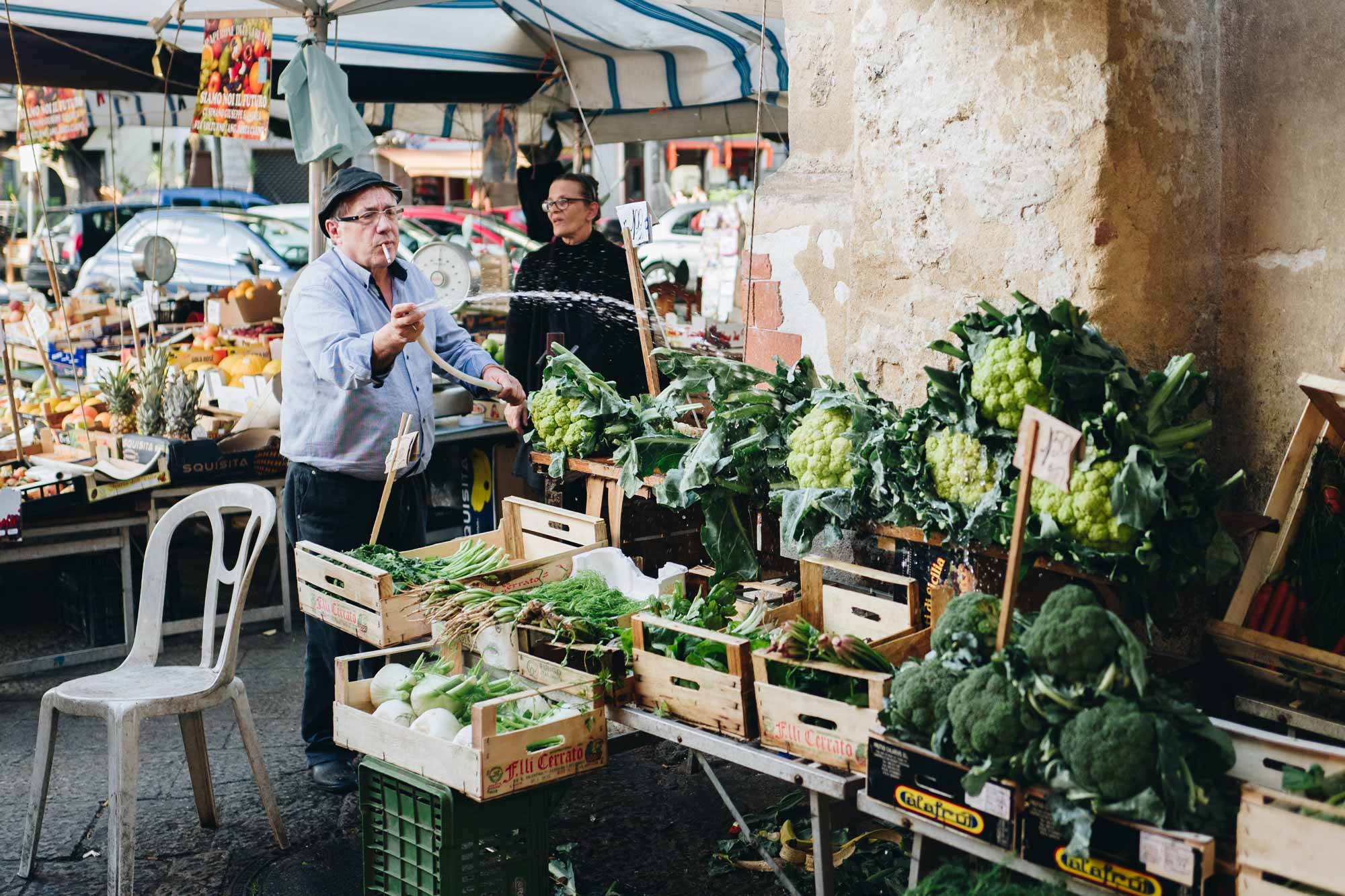
A Travel Guide to Heaven on Earth
From the snow-capped speaks of the Dolomites to orange glow of the groves at the foot of Mount Etna in Sicily, from the romance of Tuscany to the steep cliffs of Tuscany, there is nowhere in the world more diverse and beautiful than Italy.
#9 -Turin
Piedmonte’s capital city of Turin is known for being Italy’s most elegant city. A mixture of baroque buildings and grand old coffee shops make up the city center, with views of the Alps nearly every which way you look. While Turin was once a little down on its heel, the 2006 Winter Olympics helped kick start a city-wide regeneration and it now boasts first-rate museums, including the National Museum of Cinema and the National Automobile Museum (Fiat, famously, came from here.)
Most people tend to stick around the city center, with its cafés and eateries around Piazza San Carlo, but the coolest offerings lie a bit outside. Try Scannabue, located in the San Salvario district, for bowls of pasta tossed in rabbit ragu or head to Ristorante Consorzio in Quadrilatero Romano for offal-based plates and organic wines.
Insider Tip: Some of the world’s best chocolate comes from Turin, so head to chocolatier Odilla for chocolates made from cocoa sourced from small-scale producers and hazelnuts from the nearby Langhe region.

#8 - Siena
As one of the most visited spots in Italy, Siena sure has kept its style. Get your bearings at the central square, Piazza del Campo, where you can admire its gothic town hall and the Torre del Mangia, a 14-century tower where 400 steps will take you to the very top. Be sure to stop by the Duomo di Siena to marvel at its mosaic-covered floor.
Other activities worth doing on a Siena day-trip include browsing the local market (weekly on a Wednesday) or whiling the day away in one of the many hole-in-the-wall wine bars (Trefilari Wine Bar, a 2-minute walk from the Torre del Mangia, gets our pick).
Insider Tip: Look out for the Piccolomini Altarpiece in Siena’s cathedral, which Michelangelo worked on in the 1500s.

#7 - Bologna
Bologna may be a small Italian city, but it punches well above its weight. It's easy to spend a whole day wandering the covered sidewalks of its city center or discovering street art along the character-filled university quarter of Via Zamboni.
Take a break with a coffee or cocktail at Le Stanze, an atmospheric chapel-turned cocktail bar, or stop by Sorbetteria Castiglione for a warm, gelato-filled brioche, made fresh that day. Visit the main square, Piazza Maggiore and ask a local to show you the whispering walls—rumor says this is where lepers confessed their sins in the Middle Ages. Then keep walking until you reach Via Clavature, home to a daily fruit and vegetable market alongside family-run delicatessens and cosy wine bars. Stop by Bologna’s own little Venice on Via Piella, where a tiny window opens onto a stream. Book a table for dinner at Osteria Broccaindosso—a simple trattoria where there’s no menu—just plates of local charcuterie, grilled meats, and bowls of tortellini pasta.
Insider Tip: Walk through town from the city center to the Sanctuary of the Madonna di San Luca, in the hills of Bologna. There are unforgettable views of the city from there.

#6 - Palermo
Palermo is southern Italy’s hottest destination right now. The city has worked hard to shed its reputation of corruption and crime, replacing it with smart public art campaigns like the new ‘Spazi Capaci’—a series of anti-mafia contemporary artworks installed in Palermo’s most important buildings.
See Palermo through a different lens with a ‘Through my Eyes’ tour, run by recently-arrived migrants and organized by non-for-profit community hub, Moltivolti. Then have lunch at the upscale Osteria dei Vespri which does mostly fish-based dishes, with a separate menu for vegetarians and vegans.
Later, check-in at Palazzo SantaMarina, an ancient aristocratic house in Palermo’s historic center that was a brothel, a bomb shelter, and a school before being restored into one of the city’s smartest new hotels (ask manager Gennaro if you can head to the downstairs spa for a tour of Palermo’s ancient ruins from 4th century B.C.—plus some of the best spa treatments in town).
Insider Tip: Palermo has mild weather almost all year round, so when the sun’s out make like the locals and drive 20 minutes to the white-sand, turquoise waters of Mondello beach, just outside the Capo Gallo Natural Park.

#5 - Milan
Rome may be the capital but Milan is the Italy’s fashion and design epicentre. Stay at one of the city’s design hotels, including Vmaison Brera Milano or Hotel Vico, and make a dinner reservation at 28 Posti in the hip Navigli district, where the seafood-based menu also includes rigatoni with miso sauce and desserts with bee pollen.
When it comes to sightseeing, the Duomo offers a fascinating look at religion and art across six centuries, and you can climb to the rooftop for all-encompassing views over Milan and the Alps. Nearby, the Santa Maria delle Grazie church houses Leonardo da Vinci's The Last Supper, but it gets busy so you’ll need to buy tickets well in advance. Spend an afternoon at Villa Necchi Campiglio, the art deco architectural icon that was featured in Luca Guadagnino’s I am Love. Or visit Fondazione Prada, the contemporary art museum run by the eponymous fashion house, to see an ever-rotating collection of art and architecture.
Later, stop by N'Ombra de Vin in the Brera district for Milan’s famed aperitivo, a cocktail, and a (free) food buffet.
Insider Tip: Milan is surprisingly close to Lake Como, making it the perfect place for a day trip. The train goes to Como from Milan Centrale and takes around 40 minutes.

#4 - Naples
Italy’s southern city is fast, chaotic, wild, and gritty—and that’s all part of its charm.
Start with an espresso and a ricotta-filled pastry at Pasticceria Di Costanzo. Not far away is Naples’ Archeological Museum, through you’ll need to buy tickets in advance to see the Roman and Pompeii ruins. Take time away from the museum to stop for lunch. You’ll have likely heard of L'antica Pizzeria da Michele Taverna and Cafe, where queues last more than two hours. But, if you want to skip a line, it’s worth checking out Gino e Toto Sorbillo or trying one of the city’s fried pizza pies at family-run Pizzeria De' Figliole. Visit the Chiesa dei Girolamini, home to a library with 15th and 16th century books before heading to the San Gennaro Catacombs, where a complex network of tunnels takes you past ancient crypts.
Insider Tip: Catch a 45-minute ferry to Capri from Naples port and book a foraging tour with local nature enthusiast Luigi Esposito. He’ll take you to see the famed blue grotto sea cave up close, away from the crowds.

#3 - Venice
It may feel like the whole world descends on Venice daily, but there’s still a surprising amount of hidden magic to this water-logged city.
To miss the crowds, start your day at St Mark’s Basilica in Piazza San Marco (an 8:30 am arrival will mean you get ahead of the crowds). If you’re short on time, pay the extra 2 euros to see the Pala d’Oro, a gold altarpiece decorated with more than 2000 emeralds, sapphires, and rubies. While Venice’s male-dominated gondola scene is well-known, it’s worth asking your hotel to book you a gondola ride down the grand canal with the world’s first female gondolier, Giorgia Boscolo. Venice’s food scene is robust. The most welcoming cicchetti (tapas) bars are in the district of Canareggio, off the tourist path. Head for Mezzopieno, where the buffet is always accompanied by a drink (their all-natural orange wine is particularly good).
Insider Tip: Try the Venetian version of street food—fresh, hot, fried fish wrapped in paper, at Frito Inn, in Campo San Leonardo.

#2 - Florence
Florence is undoubtedly Italy’s creative capital. Michaelangelo, Leonardo DaVinci, and Gucci’s founder, Guccio Gucci, came from here, and there are masterpieces everywhere you look.
Cultural fiends should head to the Uffizi, which is positively brimming with art—300,000 pieces, to be exact—including paintings and sculptures by Botticelli, Raphael, Da Vinci and Caravaggio. Take a break with lunch at Trattoria La Mescita, a two-minute walk from Michangelo’s David statue. It’s the kind of hole-in-the-wall spot that serves wild boar pasta, hearty stews, and minestrone soup on marble-topped tables, plus 2-euro glasses of wine to wash it all down. Later, cross the Ponte Vecchio and head towards the Oltrano neighbourhood, home to bars, boutiques and smaller, more intimate art galleries run by up-and-coming Florentine artists.

#1 - Rome
Think of Rome and the first image that comes to mind may be the Trevi Fountain or the Sistine Chapel. And while a visit to Rome without seeing the ancient city’s archaeological sites would be remiss, it’s worth checking out the lesser-known spots as well to get full-picture view of one of the best places to visit in Italy.
Stop by MAXXI, Rome’s museum of contemporary art, home to work by Europe’s coolest creators. A walk along the Tiber River at dusk is a must-do—in the summer months, stallholders set up shop along the water selling everything from clothes and shoes to locally-made pottery. Rome’s vibrant food scene means there’s no shortage of dining options. Casual eatery SantoPalato in the San Giovanni neighborhood is our pick. It’s just a 25-minute walk from the Colosseum, and takes you past some of Rome’s most verdant parklands including Villa Celimontana and Parco del Celio.
Insider Tip: Escape the city with a day trip to Ostia Antica where you can see near-perfectly preserved Roman ruins and chat to the friendly archaeologists who are always puttering around. Or head out onto Isola Tiburtina, the world’s tiniest island, accessible from Ponte Cestio bridge.
Insider Tip: Visit the Santa Maria del Fiore church to experience the splendor of its pink and white frescoes and 14th century bell tower, then climb to the top for awe-inspiring views over Florence.



